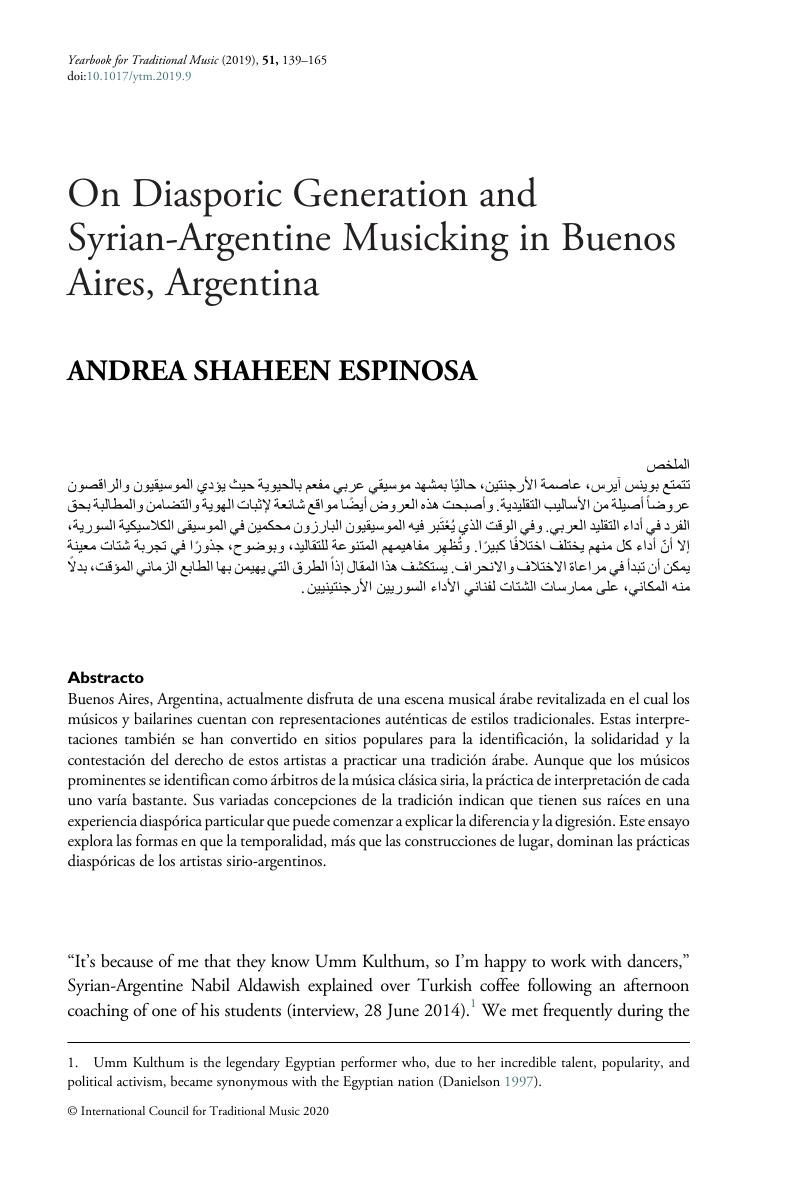Crossref Citations
This article has been cited by the following publications. This list is generated based on data provided by Crossref.
Mangialardi, Nicholas
2024.
Egyptian Fan Culture and the Afterlife of ʿAbd al-Halim Hafiz.
International Journal of Middle East Studies,
Vol. 56,
Issue. 1,
p.
1.



